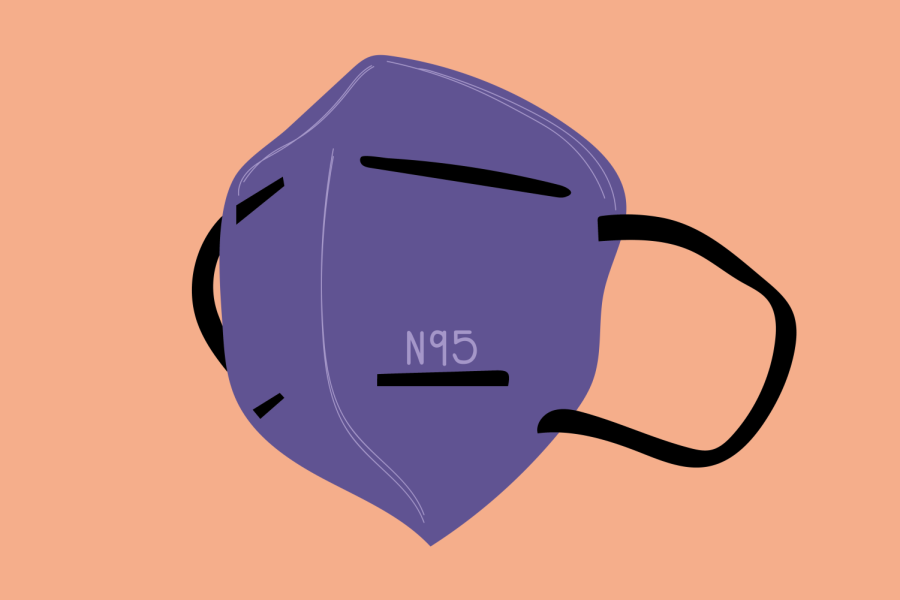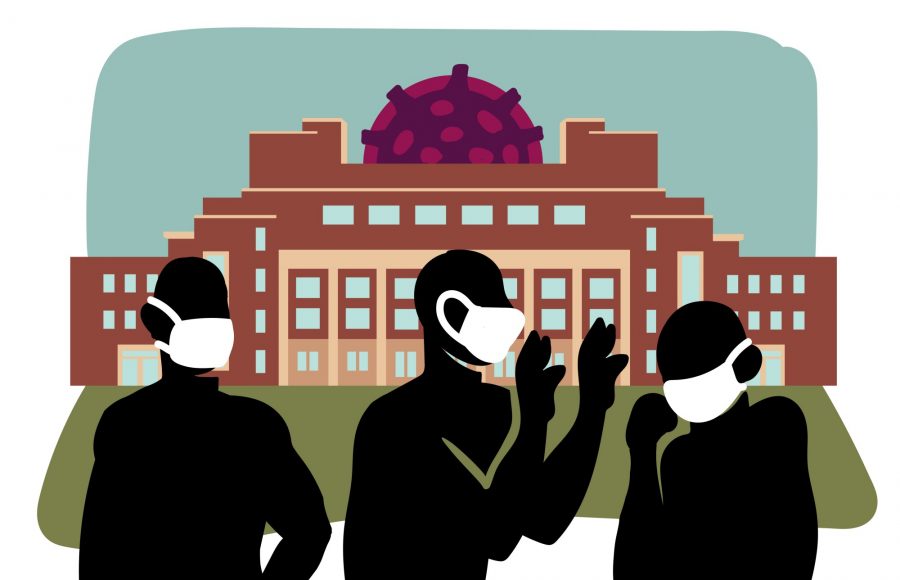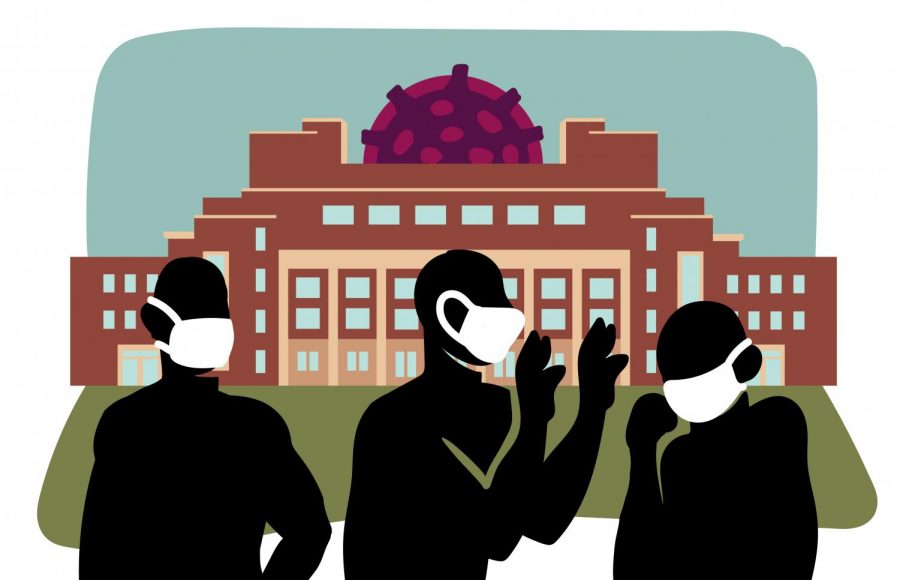Working toward a mid-April deadline, the University of Minnesota is in the process of ironing out details around the distribution of the second wave of CARES funds.
The Coronavirus Aid, Relief and Economic Security Act, the national relief package first passed at the onset of the COVID-19 pandemic and renewed in December 2020, designates an additional $21.2 billion for higher education relief. Of that amount, the University has received approximately $40 million, around $12.8 million of which must be distributed directly to students.
The U.S. Department of Education has reported that with the second wave of CARES funds, there will be fewer restrictions on how the funds can be used, which may make relief funds more accessible to students. As a result, students should expect a different process for applying for and receiving CARES funds, University officials said. At this time, the federal guidance has not clarified whether undocumented students will be eligible for funds.
The University must begin distributing funds in mid-April, though aid can continue to be pushed out through January 2022.
A new distribution process
The first rounds of CARES funds were distributed to students last spring using a survey process. Eligible students had to submit their general financial aid information and provide an explanation of how they would use the funds.
This process required a considerable amount of documentation on the University’s part and was “overly complicated,” said Bob McMaster, vice provost and dean of undergraduate education.
For this round of distribution, the University will split the available funds into three categories to be allocated to students. The specific criteria and details for these categories are still being developed, McMaster said.
The first category will distribute a set amount of funds to Pell grants, which are intended for low income students. Another category will provide aid to students who have had their ability to complete or progress toward completing their degree impacted by the pandemic, McMaster said.
“We want to use some of these funds to provide support for students who might have, because of COVID this year, been unable to take a class or had to drop a class. We want to try to provide degree completion funds to help those students get the degree done,” he said.
The remaining portion of the approximately $12.8 million designated for students through the CARES Act will be put into two emergency funds that students can apply to receive from through One Stop Student Services, McMaster said.
“That’s kind of the direction we’re going now. We’re trying to figure out exactly what the precise formula is for pushing out the CARES money into those different categories,” he said.
Cynthia Moua, a fourth-year student at the University, said the distribution process used last year was relatively simple to navigate, but it was unclear how much aid students should request from the University.
“Some questions that were running through my mind were things like ‘Is asking for too much mean I would get less? What is considered a good reason?’ As a student who is able to go to college through loans, I’m usually very cautious about anything regarding finances,” Moua said in an email to the Minnesota Daily.
“I think that it’s important this time around for the University to clarify their guidelines with the new application and distribution. I think for the first round, everything was moving so fast that it almost seems like a blur,” she said in the email.
Changing eligibility
The first round of the CARES Act also restricted some students from receiving funds, including some international students, Deferred Action for Childhood Arrivals students and those enrolled in completely online programs. The Department of Education is expected to lift some of these restrictions, said University President Joan Gabel in a Feb. 1 interview with the Minnesota Daily.
Though higher education institutions received more funding under the second round of the CARES Act — $21 billion compared to the $14 billion designated in March 2020 — that does not mean that students can expect to receive more aid, she said.
“It’s a little early to tell. It looks like [the University] will get a little more money than we got last time, but we also have more eligible students, so I’m not sure what that math looks like yet,” Gabel said.
Institutional awards
A portion of the aid the University received through the CARES Act is also designated for institutional relief.
With the University facing a $166 million budget deficit, these funds will go toward areas of the University most impacted by the pandemic and help replace lost revenue, said Myron Frans, senior vice president for finance and operations.
These areas include tuition, which was held flat for the 2020-21 academic year, and the University’s auxiliary services, like housing and dining, which also lost revenue due to refunds issued to students last year.
The main priority is to use the CARES Act funds to reduce the budget shortfall as much as possible, Frans said.
“We’re looking at budget cuts for a lot of different administrative services and some academic services, and maybe we can lessen the amount that we need to cut in those areas,” he said.
The University’s administration is also hopeful that additional relief will be provided to help offset the budget deficit through President Biden’s American Rescue Plan, which includes funding for higher education, Frans said.
Frans said the budget office hopes to present recommendations on the best way to distribute the institutional aid at the Board of Regents meeting in March.


















